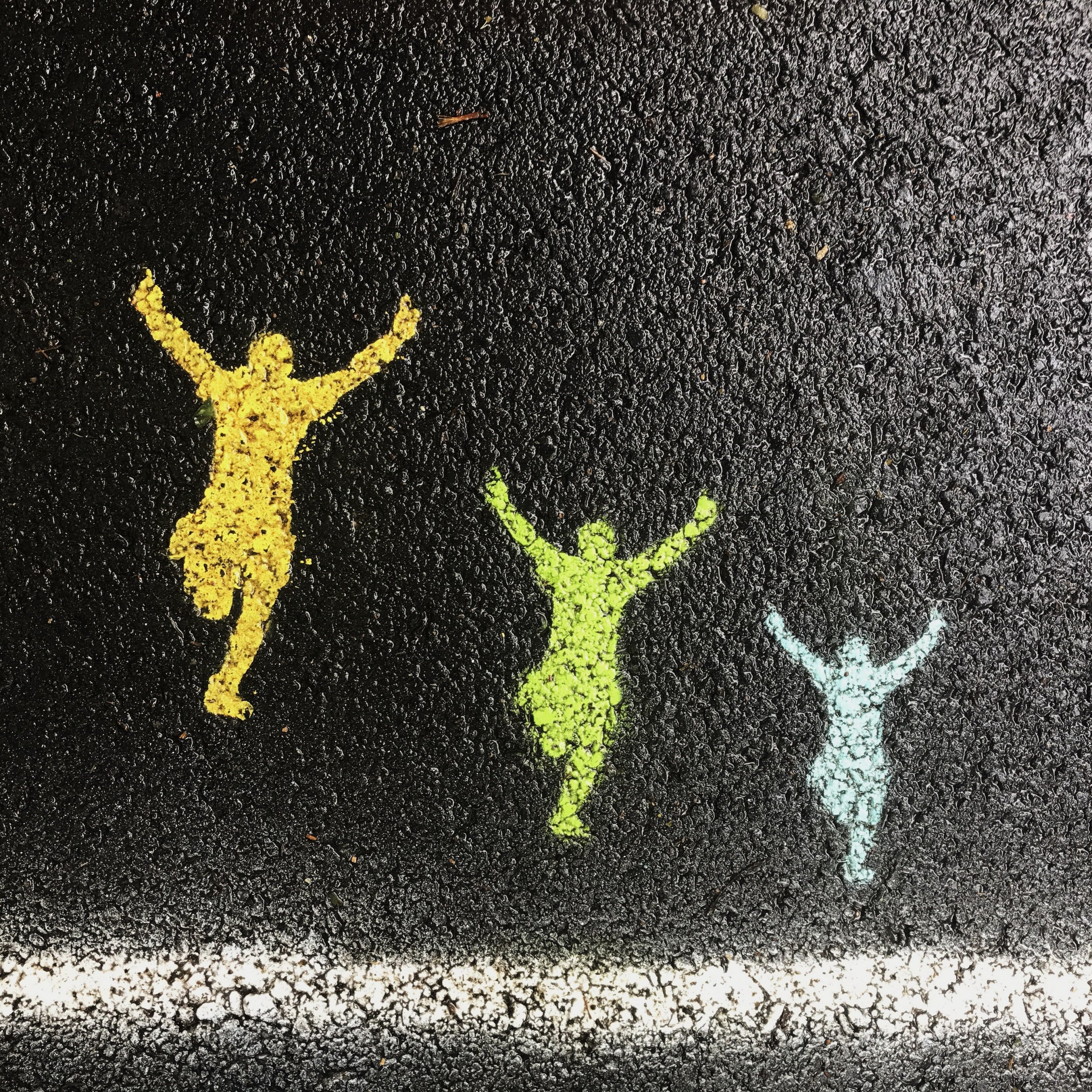Why Warm Up
It’s important to warm up your runners before a session for a number of reasons:
Increase muscle blood flow, take oxygen to your muscles and increase the oxygen uptake
Increase muscle, tendon and ligament elasticity and so reduce the risk of injury
Increase body temperature and prepare you physically
Switch on the mind and prepare you mentally for the session ahead
Accelerate respiratory system and help your breathing
Slowly raise your heart rate and so activate your cardiovascular system
Warm up synovial fluid in the joints and so increase range of movement
It is recommended you use the RAMP warm up protocol developed by Dr Ian Jeffreys.
Raise
Activate
Mobilise
Potentiate
RAISE
The aim of RAISE is to:
Increase body temperature, as well as increasing heart rate, respiratory rate, blood flow and joint viscosity. It is common practice to jog for a mile to achieve this but if you don’t have the space for this or your runners aren’t ready to run a mile yet then you can use other ‘RAISE’ exercises. These are skipping with arm circles forward and back, side skips, carioca. These RAISE exercises will also help with co-ordination and can be done 20-30m out and back. This phase should last around 5-7 minutes
ACTIVATE and MOBILISE
The purpose of this phase of the warm up is to:
Activate key muscle groups, mobilise joints and improve range of motion.
Activation exercises for glutes, core, VMO(vastus medialus obliquus) this helps stabilise the patella and hamstring.
Exercises that can be included in this phase are: body weight squats, lunges, sumo shuffles, A walk – A march – A skip, backward walk, single leg quarter squat and balance work. Leg swings can also be included in this section of your warm up.
POTENTIATE
The aim of this phase is to ‘prime’ the athletes/runners for their session ahead.
This phase of the warm up will concentrate on exercises that will lead to performance improvements as well as preparing your athlete/runner mentally. Faster more dynamic movements and low level plyometrics are performed during this final stage of the warm up followed by strides.
It is good to include high knees, calf smashers and pogos. Over ankle, calf and knee drills can be included when you feel your group is ready, you can also start including A skip drills.
The final stage is to get running.
Include 4-6 strides, running relaxed but at speed, eg 80% of you maximum speed for around 20m with walk back in between.
You can adapt the warm up to the level of your runners.
REFERENCES
Jeffreys, I. (2007). Warm-up revisited: The ramp method of optimizing warm-ups. Professional Strength and Conditioning, 6, 12 - 18.
Warm Up as Assessment
Warm ups are not just important tools for getting the body and mind ready to run or race but they can also be used by coaches and Run Leaders to assess the Agility, Balance and Co-ordination of their runners.
You can do this by observing the movement patterns of your runners as they are performing their warm up drills.
Balance - observe them when they are performing A walk, single leg quarter squat and lunges.
Co-ordination - check out your runners co-ordination skills by watching while easy skipping (opposite arm/opposite leg), A march and while doing lunges. If they struggle with co-ordination break it down into whole-part-whole.
You can also tell a lot from the movement patterns of your runners when they are squatting. A few things to look out for are:
1 Feet turned out- feet should be forward facing or at a slight angle 10 o’clock & 2 o’clock. If feet are turned out more than this it could indicate poor ankle mobility.
2 Knees buckle in (knee valgus) – knees should be in line with big toe. Cause of knee valgus could be weak glute or tight adductor muscle.
3 Heels raise off the ground when squatting down- heels should remain on the ground. If this occurring your runner could possibly have tight soleus and/or poor ankle mobility.
4 Rounded back- back should be in neutral, in line with head and neck. A rounded back when squatting could indicate tight hamstrings hip flexors, soleus.
5 Weight shift – hips should be in neutral and each side the same height when squatting down. Unaligned hips could indicate, tight hips and weak glutes.
Please remember your runner may just not be performing the exercise properly due to lack of understanding as to what to do, so always check for understanding of how to perform movement correctly.

